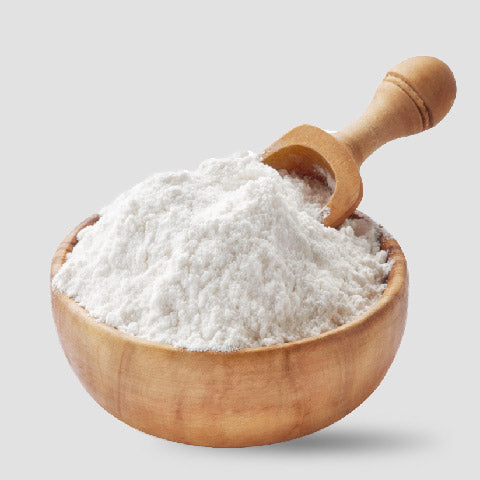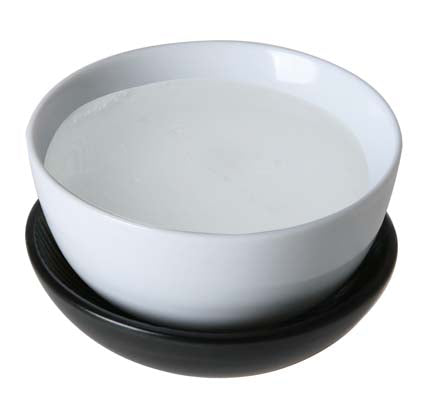In the intricate world of cosmetic formulations, a myriad of raw materials come into play, with surfactants standing out as crucial contributors. Surfactants, short for surface-active agents, play a fundamental role in achieving cosmetic products' desired characteristics and efficacy.

Surfactants come in various forms; not all are suitable for preparing cosmetic products. You must choose one among Anionic Surfactants, Cationic Surfactants, Amphiphilic Surfactants, etc., for your next cosmetic product project. So keep learning what surfactants suit your needs and what rose surfactants are in cosmetic products.
What are Surfactants?
Surfactants are specialized molecules with dual personalities, boasting water-attracting (hydrophilic) and water-repelling (hydrophobic) traits. This unique structure enables surfactants to bridge the gap between oil and water, making them indispensable in cosmetic formulations.
Why are Surfactants Needed in Cosmetic Products?
In the realm of cosmetic science, the indispensability of Surfactants is unparalleled. These multifunctional compounds cater to a spectrum of needs crucial for the success of cosmetic products.
1. Cleansing:
Surfactants have hydrophilic (water-attracting) and lipophilic (oil-attracting) portions in their molecular structure. This dual nature allows them to interact with both water and oil. When applied to the skin, surfactants emulsify oils and lift impurities, facilitating their removal during rinsing with water.

Surfactants provide a deep and thorough cleansing action, making them essential in various cosmetic products such as cleansers face, and body washes.
2. Emulsification:
Surfactants serve as emulsifiers, aiding in mixing oil and water-based ingredients in cosmetic formulations. Emulsification ensures the stability and uniformity of the product. Without surfactants, formulations might separate, leading to an uneven distribution of elements and compromising the product's quality.
3. Extend Shelf Life:
Surfactants contribute to the longevity of cosmetic products by preventing the separation of different components. This is crucial for maintaining the integrity and effectiveness of the formulation over time.

Preventing ingredient separation also helps preserve the cosmetic product, reducing the likelihood of spoilage or degradation.
4. Stability in Formulations:
Surfactants act as stabilizers by preventing undesirable changes in cosmetic products' texture, appearance, and performance. They ensure that different ingredients in a formulation remain compatible and do not undergo unwanted reactions, leading to changes that might negatively impact the product.
5. Skin Penetration Enhancement:
Surfactants aid in enhancing the penetration of active ingredients into the skin. By improving skin penetration, surfactants contribute to the increased efficacy of cosmetic products.
This is particularly important for products containing active ingredients meant to benefit the skin at a cellular level.
Common Types of Surfactants in Cosmetics
Surfactants come in diverse types, each serving specific purposes in cosmetic formulations. Understanding these categories is pivotal for formulators seeking optimal product performance.
1. Anionic Surfactants:
Anionic surfactants have a negatively charged hydrophilic head. They excel in cleansing due to their ability to interact with oils and lift impurities. This makes them ideal for shampoos, body washes, and facial cleansers.
Examples include sodium lauryl sulfate (SLS) and sodium laureth sulfate (SLES).
2. Cationic Surfactants:
Cationic surfactants have a positively charged hydrophilic head. They are valued for their conditioning properties, making them suitable for hair conditioners and fabric softeners. They can adhere to the negatively charged surfaces of hair and fabric, providing a soft and smooth feel.
Quaternary ammonium compounds, such as cetyltrimethylammonium chloride (CTAC), are commonly used cationic surfactants.
3. Nonionic Surfactants:
Nonionic surfactants have no charge in their hydrophilic head. Nonionic surfactants are versatile and gentle, making them compatible with various cosmetic ingredients. They are often used in products where a mild and non-irritating cleansing action is desired.
Polysorbates (e.g., Polysorbate 20, Polysorbate 80) and alkyl polyglucosides are examples of nonionic surfactants.

4. Amphiphilic:
Surfactants Amphiphilic surfactants have both hydrophilic and hydrophobic parts in their molecular structure. They contribute to stable emulsions, making them suitable for creams and lotions where oil and water must be blended homogeneously.
Phospholipids and certain block copolymers are examples of amphiphilic surfactants.
5. Zwitterionic Surfactants:
Zwitterionic surfactants have both positive and negative charges within the same molecule. Their dual nature imparts enhanced conditioning properties and mildness, making them suitable for formulations where a gentle touch is desired.
Betaines, such as cocamidopropyl betaine, are typical zwitterionic surfactants used in personal care products.
How to Select the Right Surfactants for Cosmetic Products?
The appropriate surfactant involves considering the product's intended purpose, compatibility with other ingredients, and desired sensory attributes. Formulators must weigh factors like skin type, product stability, and foaming characteristics to select surfactants that align with the cosmetic product's requirements.

Conclusion
In the intricate dance of cosmetic formulation, surfactants take centre stage, providing the necessary harmony between diverse ingredients. Their cleansing prowess, emulsification magic, and stabilizing influence underscore their irreplaceable role in crafting products that dazzle aesthetically and deliver on performance.













 Sign in
Sign in Register now
Register now My Reward Points
My Reward Points









